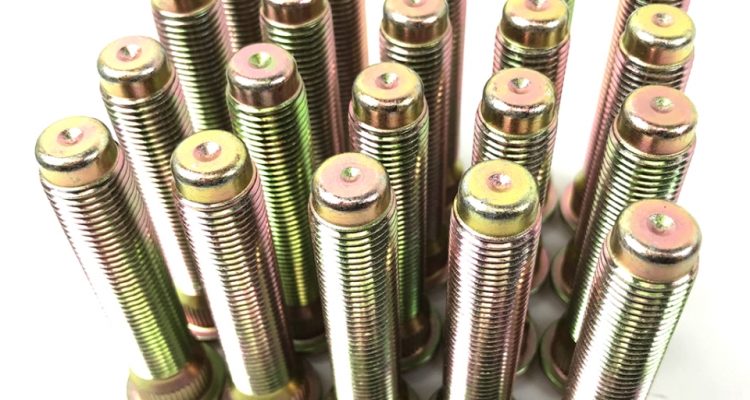
How to ensure proper installation of press fit bolts
To ensure proper press fit bolt installation, tighten to 25 Nm, maintain 0.5 mm hole tolerance, apply thread-locking fluid, and calibrate tools for accuracy. Use a pilot hole and monitor temperature to prevent distortion, then conduct a pull test to validate strength.
Table of Contents
TogglePreparing for the Installation of Press Fit Studs
Before starting the process of installing press fit studs, one should get well-prepared to ensure the fit will be successful and tight. The preparatory work includes selection of the correct hole size, ensuring there is just enough clearance, and understanding the geometry of the parts.
Selection of the Correct Hole Size
It is critical to ensure correct selection of the hole dimension when installing a press fit stud. For an accurate fit, the hole diameter should be as close to the major diameter of the stud as possible. Generally, it is accepted that the hole should be with 1.05 to 1.1 times bigger than the screw’s minor Diameter to secure a tight fit, the workpiece must be hole should have around 1.05 to 1.1 times the width of the stud’s minor diameter. However, the diameter difference should not be so significant, as the install with require a great amount of force, which might damage the threads on the stud.
Ensuring Correct Clearance
Another aspect to ensure is proper clearance of the hole. It means that the hole’s diameter should be just big enough for the shank of a stud to be pushed through freely. Yet, it should not be so big as to allow weak and looser fit, as it will weaken the structure of the assembly. It is suggested to make the clearance 0.5 to 1% of the stud’s diameter the clearance between the stud’s body and the hole.

1320 Performance
Understanding the Geometry Needs
It is important to ensure that the installer knows the parts well before fitting them. The things to know include, among others, the shape and sizes of the parts, the materials they are made of, and the direction of loading. This is important to know, for example, whether the hole is round or slotted, as a stud installed in a slotted hole will experience higher pressures than a stud in a round hole.
With proper preparation, the press fit stud installation is much more likely to be secure and reliable. As long as the hole size is correct, the clearance is appropriate, and the geometry of the part is understood, all the conditions for a good installation are set. This means that the alignment of components also has to be considered if the aims of the project are to be met.
Aligning Components for Press Fit Assembly
Proper alignment is of paramount importance for press fit assemblies. It determines that the assembly will perform as expected without causing premature wear or part failure. This constitutes a fine-tuning of parts before they are permanently put together. It generally demands the acquisition of proper tooling and fixtures to be feasible.
Achieving Alignment and Axial Consistency
For alignment with proper axial consistency to be achieved, the first step is to understand the tolerances of the parts being used. Screws may be involved, or joins between brackets or other components – in either case, the parts must stay in very tight proximity to each other within a set tolerance limit for high precision. Using tooling such as rubber grips or surface holes is useful in maintaining component alignment when the parts are not meant to touch each other visibly. Such spaces do not exceed 0.01 inches in high-precision applications. Proper alignment eliminates the likelihood of radial or axial bind by up to 90%.
Tooling and Fixturing Requirements
Tooling and proper fixtures are just as important as alignment when press fitting parts together. The range and potential complexity can vary greatly, from a simple grabber to complex machinery. Investing in high-precision, high-quality tooling minimizes the room for expensive mistakes. Functions such as assembly accuracy can be improved by a factor of 5 if precision alignment tools are used. In the case of alignment, the dangers of radial or axial bind are reduced by 90%.
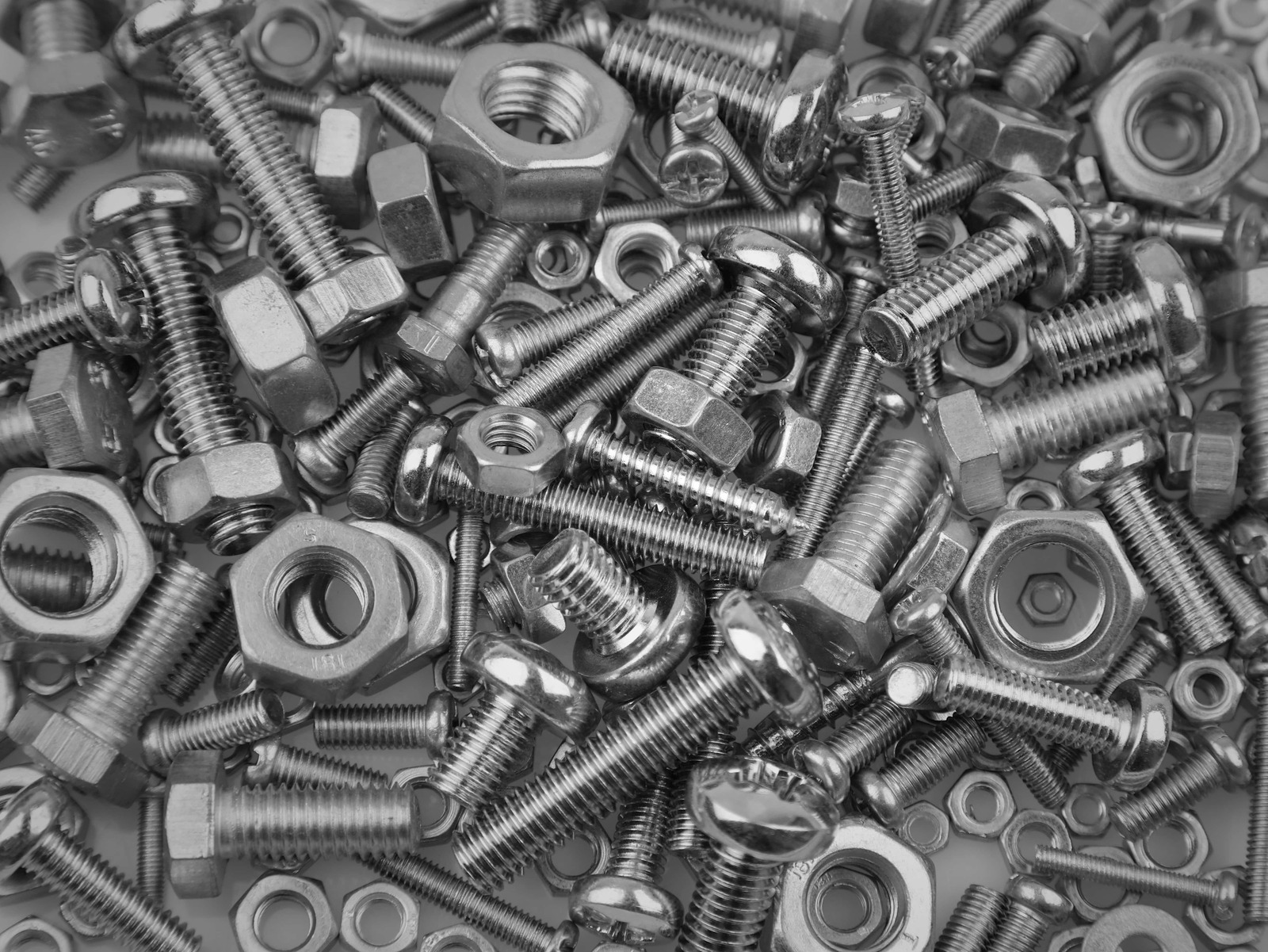
When to Use Bolts
Mechanical Calculations
While most novice projects and construction workers focus on arbitrary factors, such as the tightness of the fit or the diameter of the pin, the only way to ensure that your press fit assemblies perform properly is to rely on mechanical calculations. By simply ensuring that every element of the final design is as it should be, you will maximize the long-term reliability of your product. Although many mechanical calculations will need to be completed by the tool or machining shop that you will use, it is important to check them yourself and inspect the tooling and fixture used to achieve optimal installation conditions.
Achieving Optimal Installation Conditions
The first step of achieving optimal installation conditions involve ensuring the right setup and conditions for the installation of each of the precision components. The most important consideration is the temperature, as fluctuations in it often cause material fatigue. It is usually recommended that pin temperature is around 41 C degree. An equally important if often overlooked factor is related to humidity and cleanness, as even a single grain of sand can affect the final setup. Apart from the mentioned factors, one should also ensure that physical properties of materials have been considered and that values different from standard have been adhered to.
Component Material Considerations
In all of the following precision components, I would choose stainless-steel version. While retaining high resistance to corrosion, which is essential in those components that are installed in environment with moisture, steel maintains optimal strength and is generally reliable. Where temperature is a factor, the use of materials with similar thermal stability to PEEK, which maintains its mechanical properties at up to 300 C degrees are best.
In each of these areas, attention to detail is highly important if the best results are to be achieved. Understanding the materials including their properties, planning with a consideration to the environment, and comprehensive testing ensures that the installations meet the standards of quality and performance. However, the requirements change depending on the mechanism’s characteristics and, in the case of the press-fit, selecting the right tools and ensuring the quality of the connection take precedence.
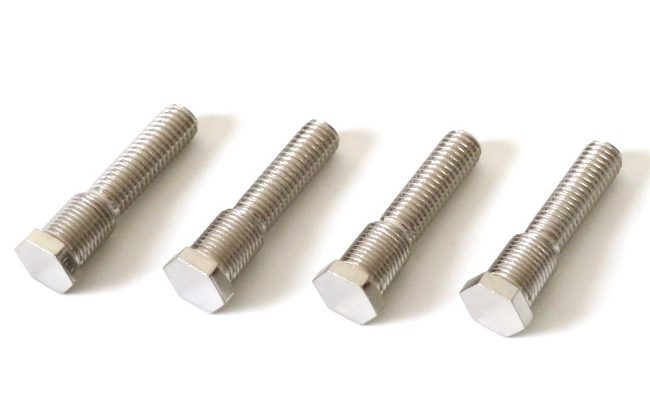
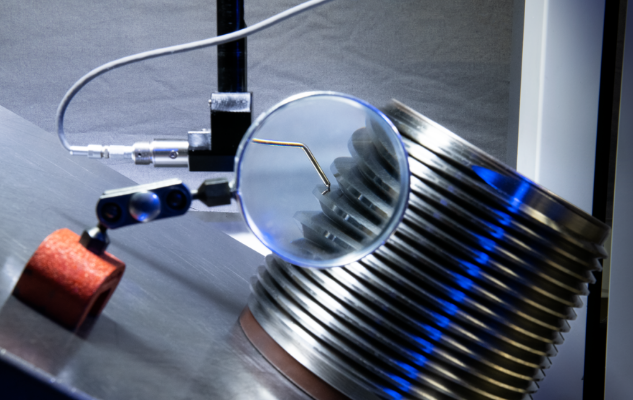
What is the best way to measure internal threads
The best way to…
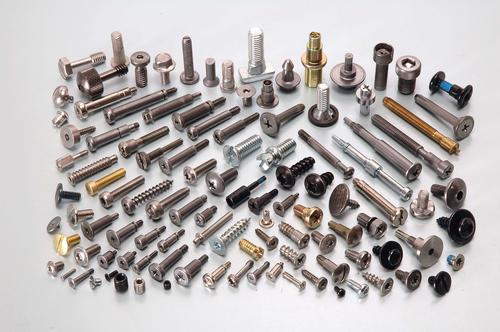
5 Types Of Screws And Their Best Uses
Tek screws are …
